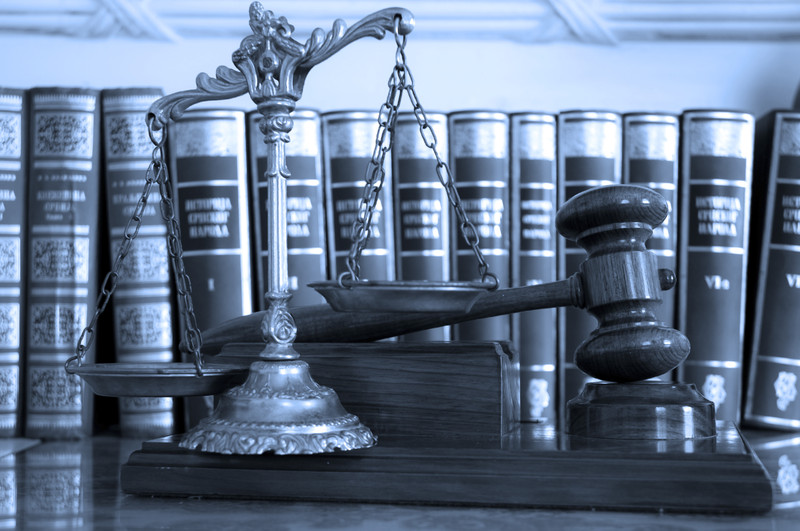Last year, Judge John J. Russo received an invitation from King Saud University, Kingdom of Saudi Arabia, to teach a course in basic criminology. In narrowing the topic to an issue that would be helpful to the Saudis, given the differences in U.S. and Saudi justice systems, he settled on a program focused on financial crime. He turned to the Egmont Group, which facilitates and prompts the exchange of information, knowledge, and cooperation amongst member financial intelligence units worldwide. With their help, he was able to structure a course.
NAPCO Conference 2025
Join NAPCO in Bellevue, Washington August 17-20, 2025
Read more →

